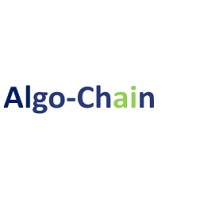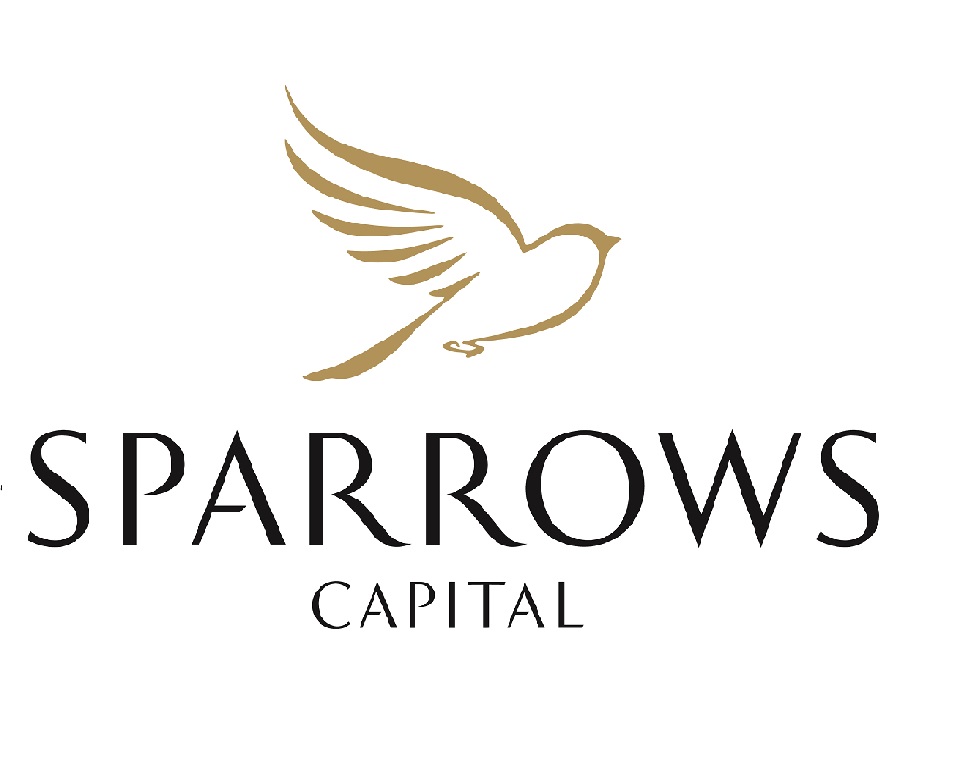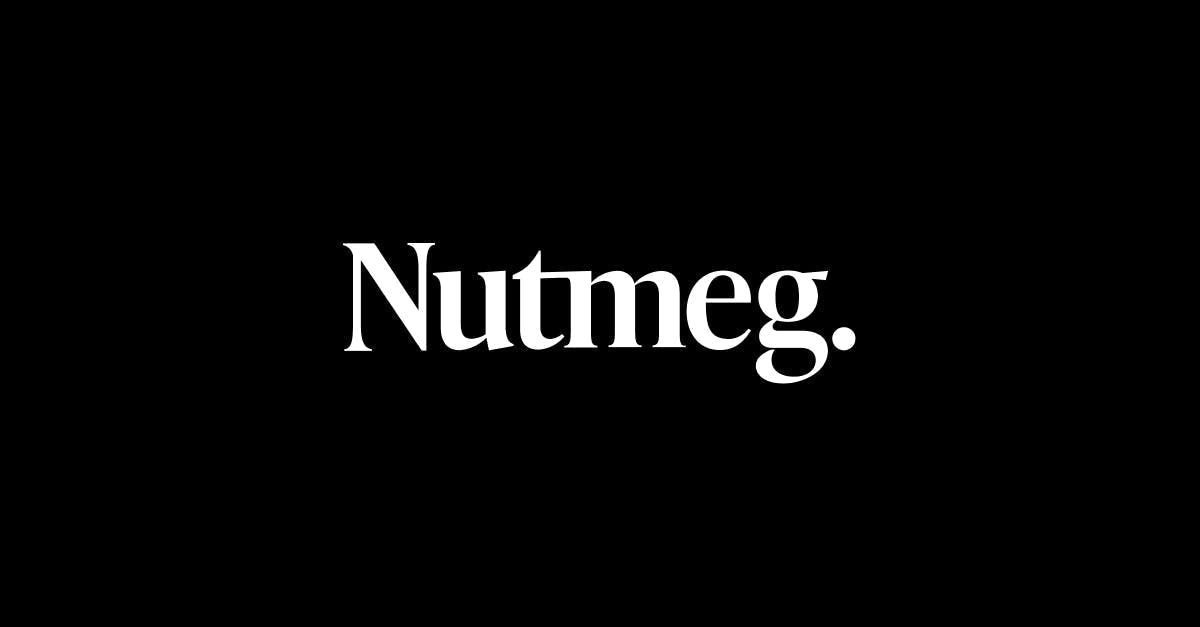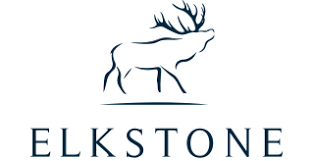Last month, French asset manager Amundi took the fee war to rivals by launching Europe’s cheapest emerging markets strategy, the Amundi Prime Emerging Markets UCITS ETF (PRAM).
With a total expense ratio (TER) of 0.10%, PRAM currently offers exposure to 1562 large and mid-cap emerging market companies, a reflection of the significant fee compression the European ETF industry has seen over the past decade.
Edoardo Mezza, ETF analyst
This index – weighted by free-float market capitalization – tracks the performance of the large and mid-cap segment in the emerging markets, covering approximately the largest 85% of the free-float market capitalisation, according to Solactive.
The ETF is very interesting for the geographical and sector coverage it controls. The index includes 1,562 items related to the main emerging countries. Cost is also one of its strengths. The ETF is based on a physical replication and therefore may have a high tracking error but it is too early to know. The Solactive index is quite inefficient in Sharpe ratio terms (0.23).
Verdict: Wait
Daniel Al-Hariri, investment analyst at Nutmeg
Cheap and simple. That is what Amundi aim to do with their Prime range of ETFs and yet again, they have succeeded. Amundi has achieved this by working alongside an emerging index provider Solactive, whose alternative fee structure enables ETF issuers to create more competitive and low-cost funds when compared to using the traditional index providers.
At just 0.10%, fees are significantly lower than incumbent funds, while still providing broad exposure to emerging markets.
Verdict: Buy
Irene Bauer, CIO at Algo-Chain
It is great to see the prices for all the core emerging market exposures coming down and no doubt this ETF will turn on the pressure on some of the other ETF providers. I have a slight issue with Amundi, finding the detailed facts is not as simple as it should be. Emerging market countries are defined differently by different index providers so one does genuinely need to look under the hood.
For example: do they classify South Korea as developed or emerging, how much is the exposure to China and how many A-Shares are included? This information unfortunately is hard to come by, as it is neither on Amundi’s website nor on the Solactive factsheet. One can get the information by adding up the different country allocations from the full holdings list though, but one should not need to.
Verdict: Wait
Karl Rogers, CIO at Elkstone
Emerging markets is becoming a frequent investment allocation discussion. Traditionally, it is a region that investors have under-weighted relative to the region’s proportionate global GDP. With the arguably very high valuation in developed equity markets, emerging markets is starting to get more focus at investment committee level. PRAM is significantly cheaper than it is competition which is always welcomed.
The differentiating fundamental factor between this and traditional emerging market ETFs is it tracks the Solactive GBS Emerging Markets Large & Mid Cap index. Doing this has given circa 14% less exposure to Chinese markets than MSCI indices. Although similar in top 10 components the Solactive index holds less Chinese stocks and therefore a more diversified emerging market spread as you get below the top 10 level. The recent volatility in Chinese names due to government regulation changes accounts for much of the out-performance over its competitor benchmark. The difference in both should come down to China’s relative performance which can be inferred as taking a more diversified emerging markets exposure approach.
Verdict: Buy
Weixu Yan, head of ETF research at Close Brothers Asset Management
Amundi’s newest addition to its Prime ETF range, PRAM, should be well received by investors looking to achieve broad market exposure to emerging markets at a low cost. Priced at 0.10%, it is 50% cheaper than Amundi’s existing physical or synthetic ETF. As such, this product launch shows great courage as it runs the risk of cannibalising their existing business as clients potentially switch from their existing emerging market ETFs into PRAM. There are however slight differences between PRAM and their existing range, namely the index provider.
PRAM tracks a Solactive index. The difference between Solactive and MSCI EM indices is small, with both having circa 1500 constituents while covering circa 85% of the free float-adjusted market capitalisation, correlation of over 99.9% over various time periods and a tracking error of less than 1%. Therefore, you can expect broadly similar performance to other ETFs. However, there is some variation when it comes to what qualifies as an emerging markets country. For example, in the MSCI index, Poland is included in the list while the country is excluded in Solactive’s index. Generally, this should not be a problem but it could cause performance deviations between the two emerging market indices if Poland has significant performance either way.
Verdict: Buy
Terry McGivern, senior research analyst at AJ Bell
We see Amundi’s announcement as a good development for investors. Emerging markets has traditionally been one of the higher cost areas for investors to access and, while higher charges have some justification due to the more difficult investing landscape in some of the regions, costs still looked elevated even allowing for that fact. Amundi’s use of a Solactive index, allowing it to launch a 0.10% TER ETF, stands in contrast to their other emerging markets product which tracks an MSCI index and is sitting at 0.20% TER.
The big index providers will argue their fees are justified, with their index branding bringing the assets to the products, however, with passive investing now so established and mainstream and providers being huge brands themselves, I am not sure that’s necessarily as true as it may have once been. We are starting to see this move to newer and cheaper benchmark sources more often, as providers reach the limits of their own capacity to reduce price, particularly on core exposures, so it will be interesting to see whether investors are willing to continue to pay the additional costs to own a product tracking a marquee index when more aggressively priced alternatives, such as the Amundi EM product are becoming more commonplace.
Verdict: Buy
Raymond Backreedy, CIO at Sparrows Capital
This is interesting from Amundi for a number of reasons. They have now taken over Lyxor’s low-cost core range which ranges between 0.04% and 0.07% fees and tracks Morningstar indices, however, the uptake has not been as strong as they had hoped with the Lyxor Core Morningstar US UCITS ETF (LCUS) only gathering $61m assets under management. This shows cost is not everything. Amundi’s new emerging markets ETF is based on Solactive not Morningstar and will compete with Lyxor’s emerging markets ETF and its own pair of strategies. We will wait to see how this cannibalisation plays out.
Verdict: Wait
Ainsley To, head of multi-asset at Credo Wealth
Emerging market equities are one of the few traditional asset classes that are not currently expensive on valuation grounds. That said, cap-weighted equity indices for this universe have shown increased concentration from both a weighting and a correlation perspective in recent years. Political headwinds for the large tech names highlight this concentration risk. As expected, the underlying index has had a low tracking error with the MSCI emerging markets index and the differences in sector & country weights are small. Though headline cost is lower, the trading costs of switching and a strategic preference for more diversified exposure in EM equities make this a ‘No Buy’ for now.
Verdict: No buy
This article first appeared in ETF Insider, ETF Stream's new monthly ETF magazine for professional investors in Europe. To access the full issue,click here.










